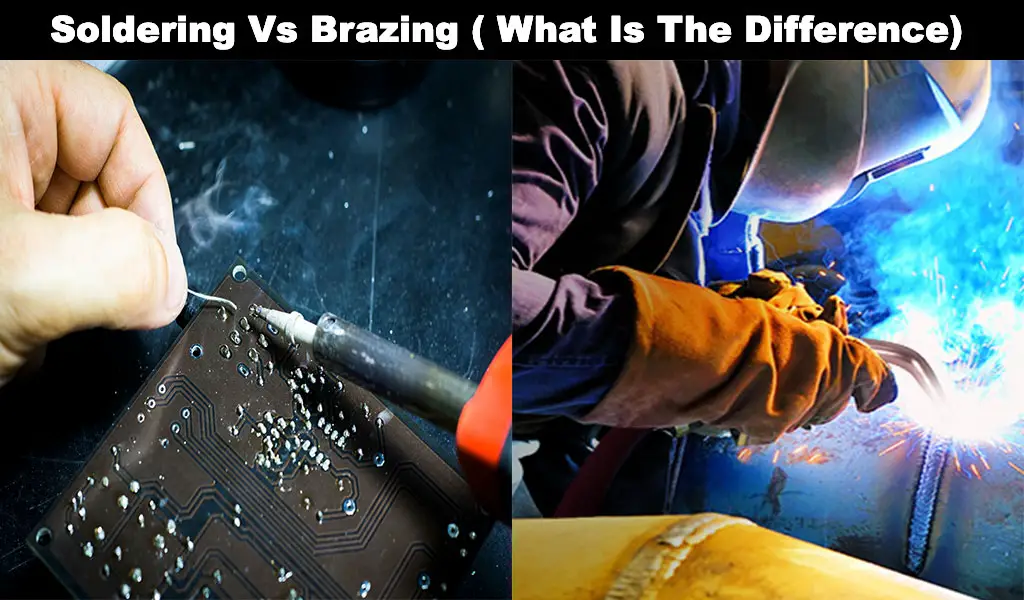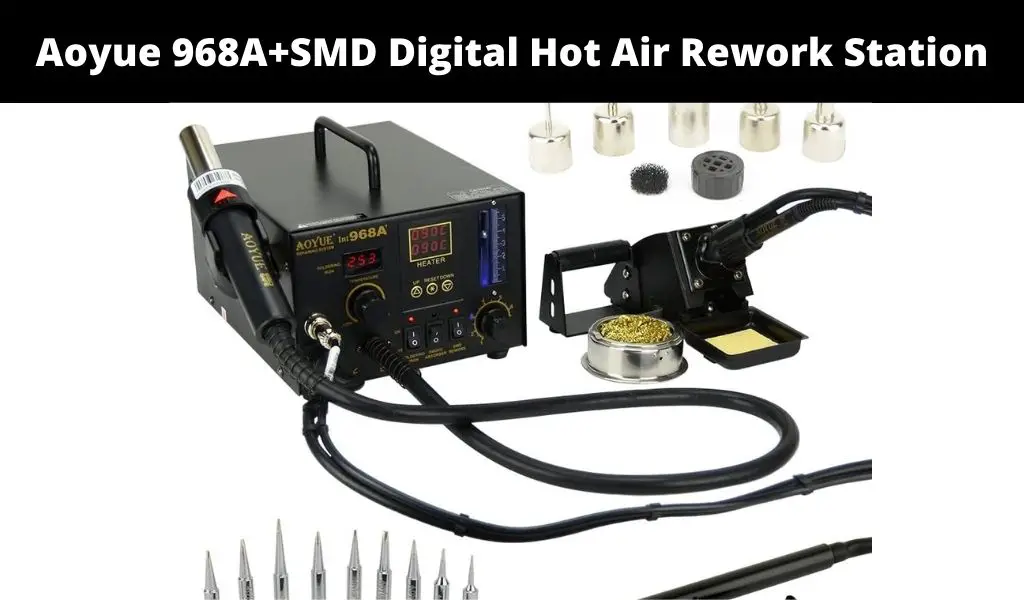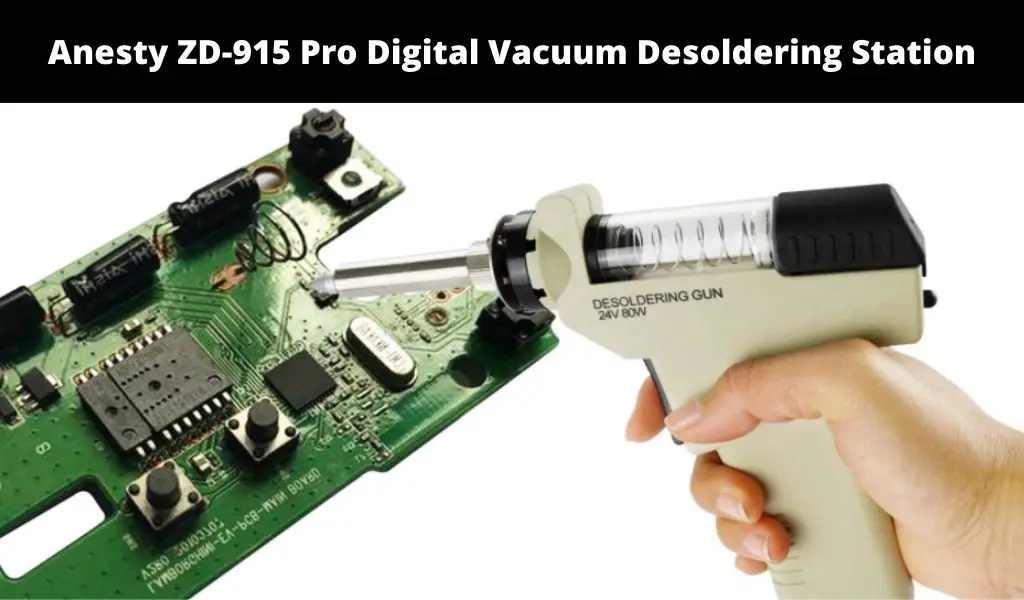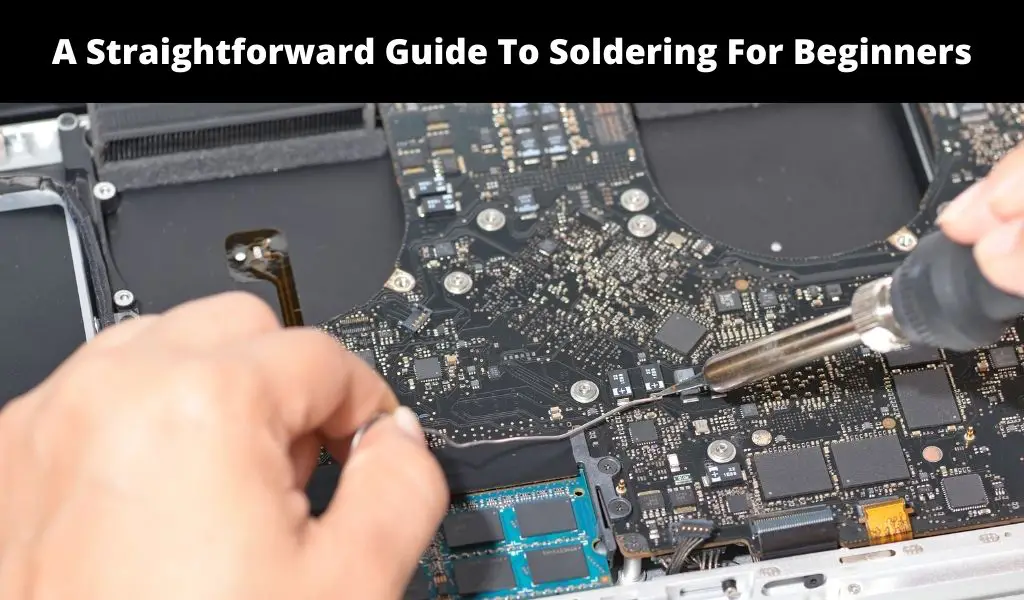To understand the difference between brazing and soldering, we must begin by defining the terms and then getting into more details that distinguish soldering from brazing in depth.
Generally, the two metal joining methods differ depending on many factors ranging from the required temperature to the strength of resulting joints and how each method is used (application). Below are the definitions and main soldering vs Brazing differences to consider.
What is Soldering?
The term soldering refers to a metal joining technique. Soldering can qualify as one of the most popular and oldest methods of joining metals together. One unique characteristic about the method lies in the fact that it can join both similar and dissimilar metals together.
The method uses filler material to join metals together. When compared to metal joining methods like brazing, soldering is considered a low-temperature method considering the filler material (solder) is heated at temperatures not exceeding 840 degrees Fahrenheit (450 degrees Celsius). What’s more, unlike other metal joining methods, soldering doesn’t need a fluxing agent.
Soldering can also be differentiated from the fact that filler material melts at low temperatures resulting in little to no part distortion or heat damage on sensitive parts. A bond is formed when the solder (filler metal) solidifies and bonds joining two metals together. Soldering utilizes solder, which is commonly made using tin alloy. Solder used to consist of lead. However, safety concerns have resulted in other safe alternatives like tin alloys.
In regards to application, soldering is extremely common in electronics. The process is used to join wires and other components together.
What is Brazing?
Brazing is a metal joining method like soldering. Like soldering, brazing can join dissimilar metals together. For instance, gold, copper, silver, and aluminum metals can be joined together by brazing. The method involves heating and melting the filler metal, which binds metal pieces together.
Unlike soldering, brazing isn’t specifically reserved for joining metals together. The method can join ceramics, glasses, plastics, and composite materials. The resulting bond is stronger than soldering when joining metals but may not be as strong as other metal joining methods like fusion welding.
What’s more, brazing requires higher temperatures than soldering. Brazing requires temperatures above 450 degrees Celsius. However, the heat should be less than the melting point of the metal in question.
What is the Difference Between Soldering and Brazing?
For in-depth information on how soldering is different from brazing, here’s what you should know.
Temperature Differences
As mentioned above, soldering requires lower temperatures than brazing. While both are metal joining methods where two or more metals are joined together by melting a filler metal into a joint, and both can join dissimilar and similar metals together, brazing requires more heat i.e., at temperatures nearing fusion temperatures when welding. Generally, brazing is done at temperatures exceeding 450 degrees Celsius, while soldering is done at temperatures lower than 450 degrees Celsius.
What’s more, the base metal must be heated when brazing. In soldering, preheating isn’t mandatory.
Application Difference
The soldering and brazing difference can also be explored in the applications of each method. As mentioned above, soldering is a common metal and component joining method in the electronics industry used to join wires and electronic parts together (such as switch components).
However, other industries also utilize the metal joining method i.e., motor vehicle industry when doing engine repairs, plumbing industry when joining pipes together, arts and crafts industry, and jewelry industry, among many others.
Brazing, on the other hand, is common in wetting and removing oxides from base materials to allow filler metal bond perfectly with metal parts. Brazing is perfect for joining just about any metals together except magnesium and aluminum. The method is popular in automotive applications.
Joint Strength Difference
Regardless of the metal joining method used, proper steps must be followed for a consistently strong joints. The guidelines are clearly discussed in the ASTM B828 installation standard. The standard details the procedures such as preparing, cleaning and application of heat and the filler material.
Generally, whether it is brazing or soldering, there are specifications for joint fitting. These guidelines are given since filler metal is supposed to melt into a joint space and flow completely, filing the entire space.
While 100% penetration and fill is considered perfection, a 70% fill for a solder joint is considered satisfactory. Such a joint can withstand maximum recommended pressures in typical electrical applications.
The notable strength difference between soldered and brazed joints can be explored in the number of joint overlaps or fill needed for maximum strength in a joint. When brazing joints, the tube must be inserted fully to the back. A complete fill ensures full joint strength through the entire joint length.
As per the AWS 3-T rule, the brazing filler should penetrate capillary space three times more than the thickness (of thinnest component) being joined. Brazing alloys have more strength, so a small fill penetration will still offer a stronger joint than the tube and/or fitting themselves. With soldered joints, the fillet or cap provides minimal added strength.
Generally, it matters how a joint is fabricated. If all factors are constant and both methods are used to join metals or other materials perfectly, brazing results in stronger joints. However, it is possible for a poorly brazed joint to be weak.
For instance, brazed joints made without well-developed concave fillets would result in stress concentrating near sharp contact points between a tube, the fitting, and filler metal. A good brazed joint should have a fillet for added joint strength.
Other factors can dictate the final strength of a brazed or soldered joint. Brazed joints may not be as stronger as expected when the temperature surpasses certain thresholds and starts to soften metals being joined. Extreme temperatures make metals weaker.
The type of metal in use also matters. For instance, hard tempered copper will be stronger than regular copper where there are temperature changes. Taking too much time can compromise joint strength.
Conclusion
Soldering and brazing are two common metal joining techniques that involve joints of similar/dissimilar metals. In both methods, a filler metal is heated, melted, and filled into a joint. The methods are also quite similar in process. However, there are notable differences in the heat required.
Soldering requires less heat than brazing. As a result, there is a need for extreme heat sources such as gas blowlamps, while a soldering bit (connected to a regular socket) is all you need for soldering. Soldering is also different in regards to the strength of final joints created. Expertise is a critical factor when dictating the final strength of a joint.
For instance, overheating can make metal components weaker. While there are instances such as those described above where brazing can result in a weak joint, brazed joints are generally stronger than soldered ones.
There are also notable differences in applications. Soldering is more common in electronics, plumbing, engine repair work, and metalwork (jewelry making). Brazing, on the other hand, is common in automotive industry applications. Brazed joints are used to join just about any kind of metal in automotive industries and other mechanical industries.
FAQs About Soldering vs Brazing
Should you solder or braze?
It depends! The decision to solder or braze a joint depends on several factors from the service loading and temperature to strength required, materials being joined. High temperatures required with brazing can damage many substrates. A substrate’s wettability by the brazing or solder metal also matters.
Also, do you wish to remove flux residue, which is critical in some applications i.e., in HVAC and transport system applications. Applications where joint cleaning is impossible may call for special considerations i.e., brazing in a vacuum or in a protected atmosphere. Self-fluxing filler can also be used.
Generally, brazing is preferred for stronger joints. If strength is of utmost importance, consider brazing. However, the application must allow brazing. For instance, if you want to join copper wires or electrical components together, soldering is the best method.
Which method is more expensive, soldering or brazing?
Soldering is generally cheaper. Solder (filler material) and soldering bit are inexpensive. When brazing, you require a high-temperature source such as a blowlamp. Brazing also requires trained personnel. If you aren’t trained to make brazed joints, you may need to hire an expert. Anyone can make a soldering joint with little to no expertise.
Which is better, soldering or brazing?
It depends. Both methods have pros and cons. For instance, while soldering can result in weaker joints, some applications (i.e., wiring) may not require very strong joints removing the need for other metal joining techniques.
In fact, a weaker joint may be better depending on the application. Also, the metals in question matter. Soldering is perfect for similar metals that are preferably thin. Brazing works best for similar and dissimilar metals, even if they are thick.
Generally, the soldering vs brazing choice depends on the scenario at hand. If you are joining some copper wires, soldering is the best method. In automotive metal joining applications requiring unmatched strength, brazing is better.






